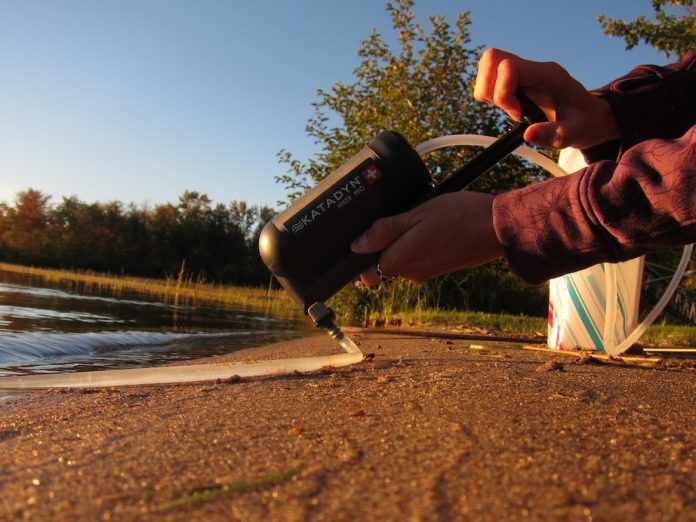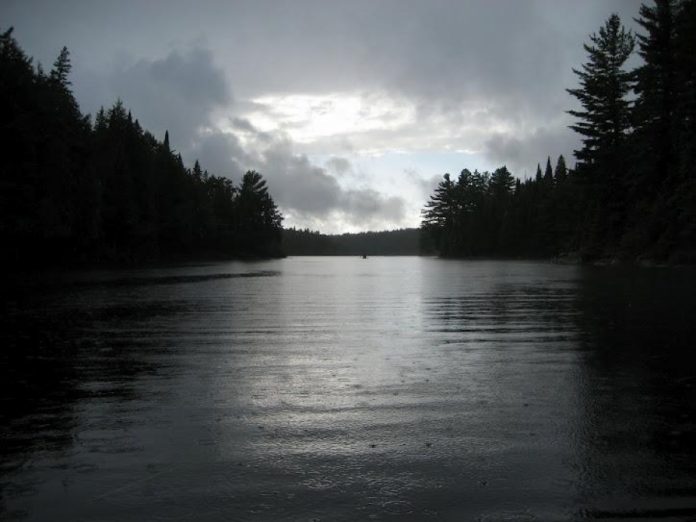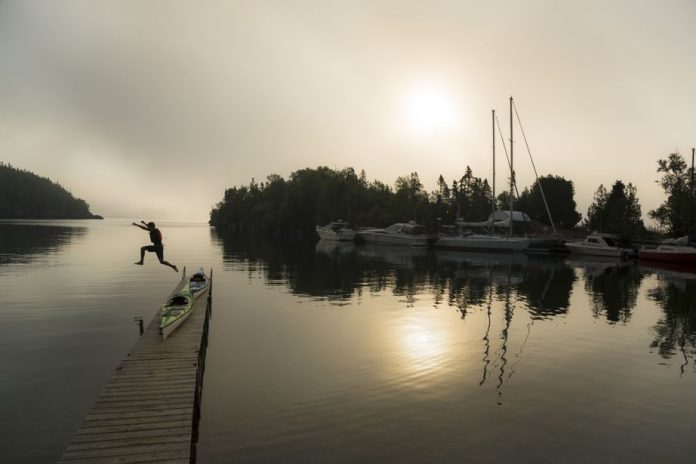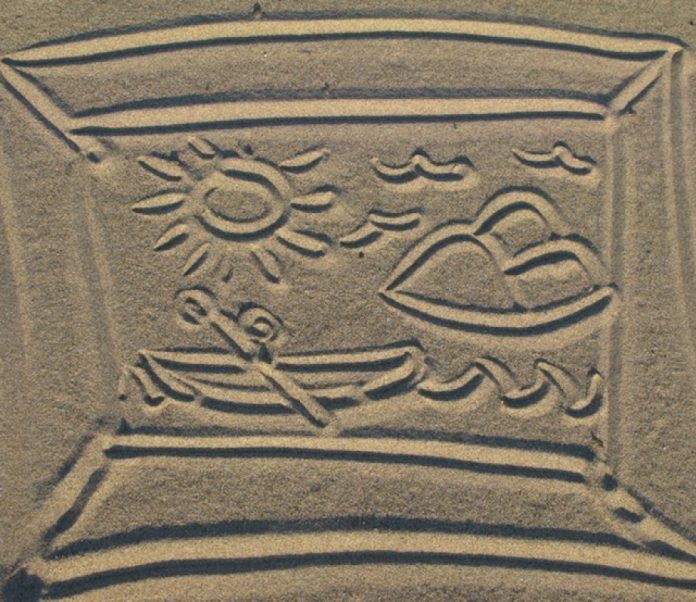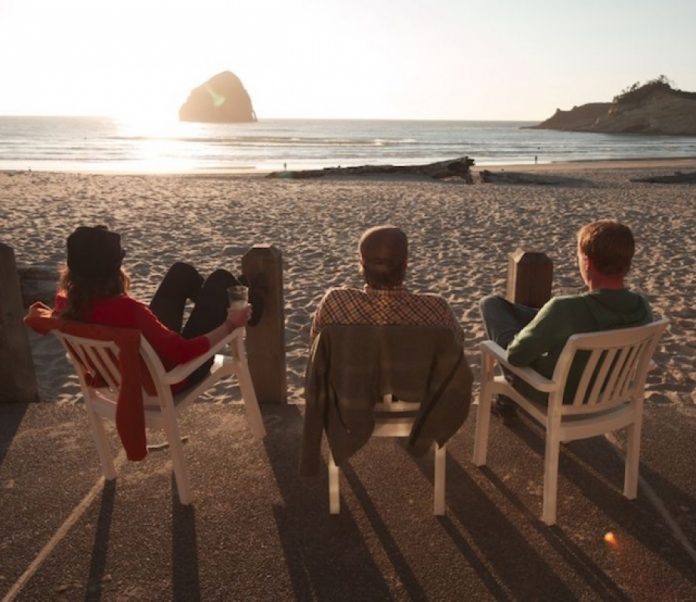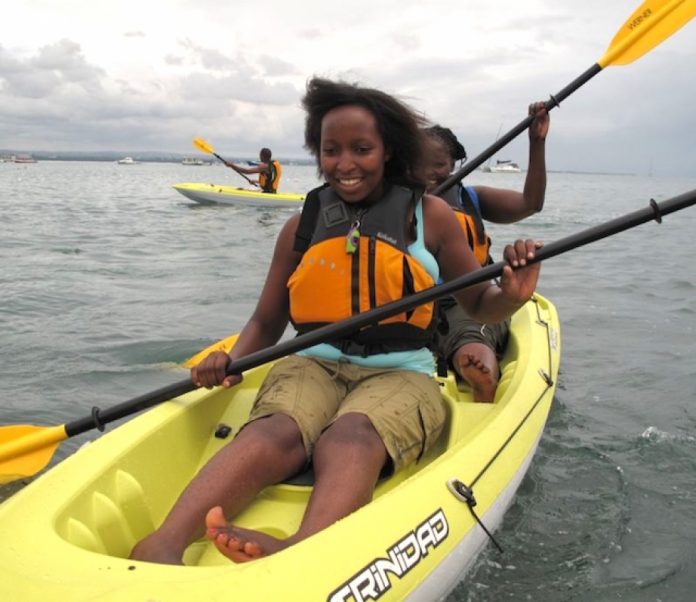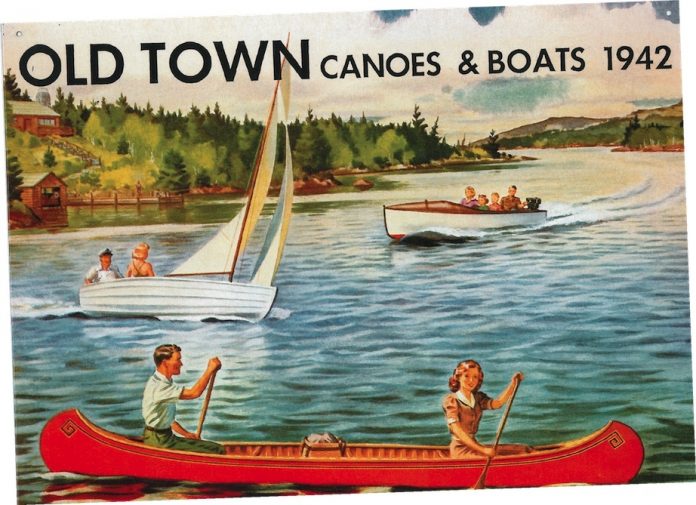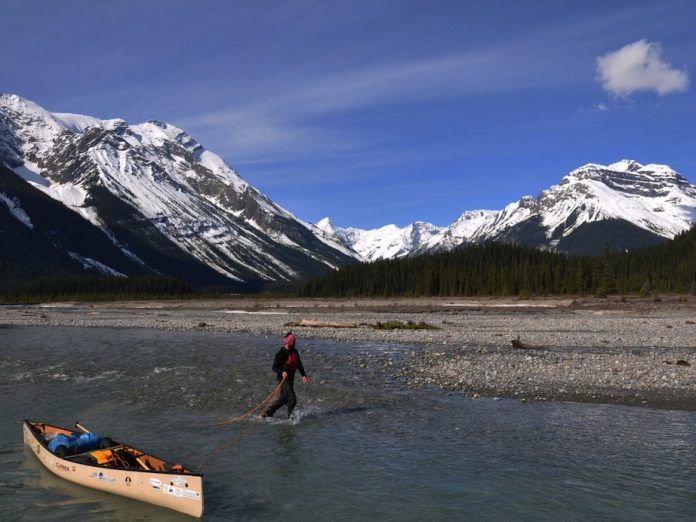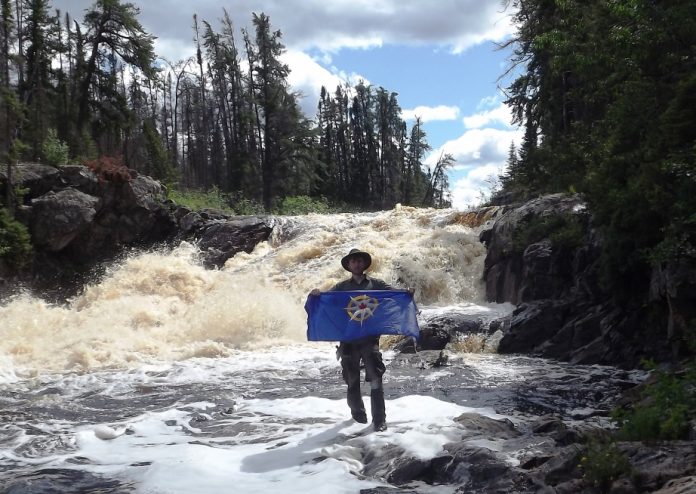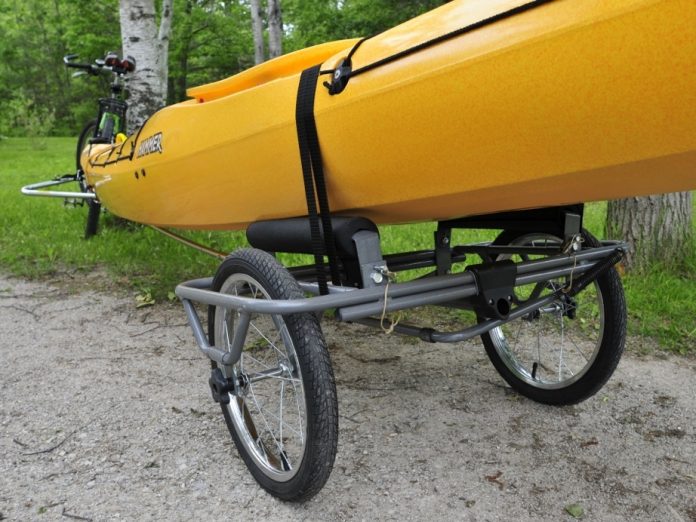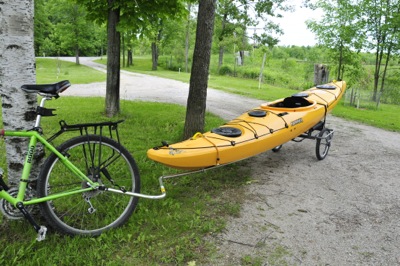Don’t be put off by its name; the Katadyn Hiker Pro is as appropriate for backcountry paddlers as it is for those pounding out miles on the trail.
The Hiker Pro is a pump water filter that is compact, light and reliable. It’s a step up from the older Vario model that I used for years. I used to spend quite a bit of time at the shoreline, pumping away, only to be rewarded with what felt like too few liters in my canteen. The Hiker Pro is lighter, smaller and pumps water much faster—a win all around.
At only 11 ounces and about the size of a 500ml Nalgene bottle, it takes up a small amount of space. It’s also durable, which I can attest to after having both dropped it and sat on it with no injury to its tough plastic shell. Setup and connection of its hoses is simple and straightforward.
The Hiker Pro pre-filter at the hose inlet filters debris down to 150 microns in size, removing larger contaminants, like dirt and grit, before they reach the main filter to increase its life span. The cartridge filter physically removes particles, protozoa and bacteria, down to 0.3 microns in size. No need to worry about nasty bacteria or parasites like giardia, salmonella and cryptosporidium. Thanks to an activated-carbon core, odors and that sometimes-suspect “lakey” taste are minimized.
If pumping water feels like a chore, you’ll pump less of it and that’s a recipe for dehydration. In under a minute, or about 48 pump strokes, this filter provides a liter of water. It’s perfect for a twosome, or a bigger group if everyone is willing to take a turn pumping.
According to Katadyn, you can expect your cartridge to clean up to 1,150 liters of water in its lifetime, depending on the condition of the water. Translation: If you’re filtering five liters of water a day, expect 230 field days out of the Hiker Pro. That’s not bad.
The trick to extending the life of your filter is to remove the cartridge from the plastic housing, clean it after each trip and store everything separately. This might sound like common sense, but it can be easy to forget to do in cleaning the slew of gear after a backcountry trip. Leaving the unit as one piece and expecting it to dry out in a storage bin over the winter can leave with you with some pretty funky water come spring that probably shouldn’t be ingested. It was this mistake that necessitated the purchase of a new filter for me—but I couldn’t be happier with the Hiker Pro. Unless it did the pumping for me.



